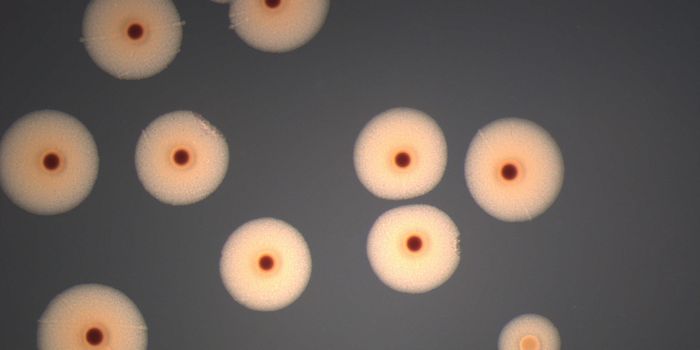Perfect Cellular Origami is Discovered in a Protist
Some very simple organisms are capable of very complex behavior, like fungi that exhibit signs of memory or bacterial cells that can orchestrate their activity and work as a larger organism. Researchers have now discovered an example of cellular origami in a protist - a free-living, single-celled organism. The origami-like structures in these cells allow the protist, called Lacrymaria olor, to function as though it has a nervous system, the scientists suggested. The findings have been reported in Science.
"There are some things in life you can watch and then never unwatch… it's mesmerizing," Stanford Professor Manu Prakash said about these organisms.
Lacrymaria olor can move around in water, and rapidly send a long projection out from one of its ends, then retract that projection. Within a few seconds, this cell, which is only about 40 microns from end-to-end, can shoot out an appendage that is around 1,500 microns long. This would be like a person's head extending 200 feet away from a six-foot-tall body. These cells are also making these movements even though they do not have a nervous system.
"It is incredibly complex behavior," Prakash noted.
So how does the cell do it? The secret lies with the cytoskeleton of L. olor, which can fold and unfold in an exhibition of so-called curved-crease origami, and the mathematical properties of that structure.
With sophisticated microscopy and other tools, the researchers determined that L. olor contains fifteen ribbons of microtubules that form a stiff, helical structure, making up the cell's cytoskeleton. The microtubules can coil and uncoil to generate a projecting and retracting movement, repeatedly extending and compacting back into a pleated, helical accordion. These angle pleats allow for a massive amount of material to be stored, noted the researchers. There is also only one way for the material to fold and unfold.
"This is the first example of cellular origami. We're thinking of calling it lacrygami," said Prakash.
L. olor is also resilient; the researchers estimated that it can perform this extension and retraction perfectly about 50,000 times over its lifetime.
The investigators suggested that it may be possible to apply this design to machines like space telescopes and surgical robots.
Sources: Stanford University, Flaum et al Science 2024, Gordillo et al Science 2024









